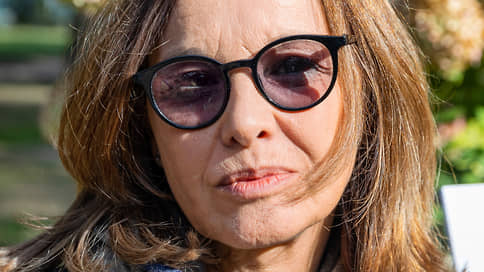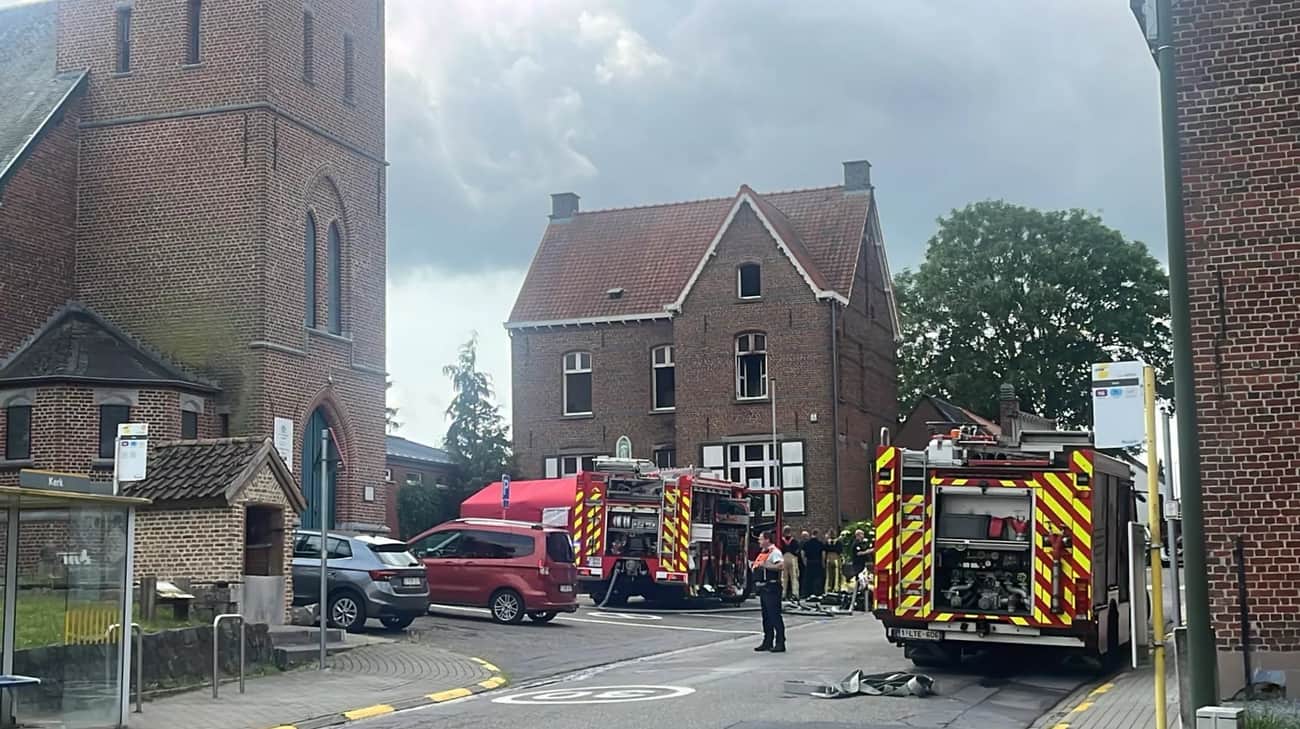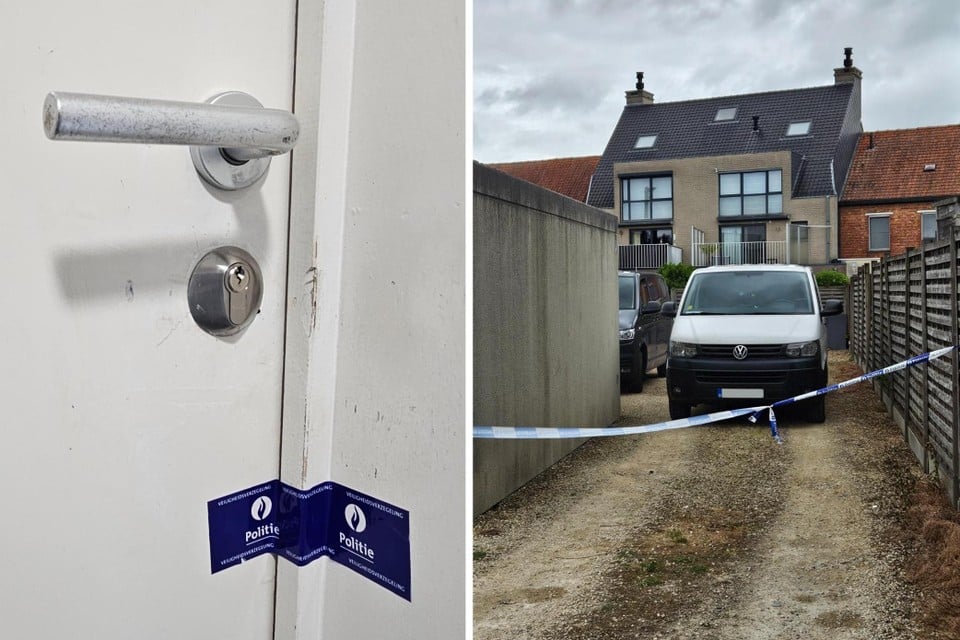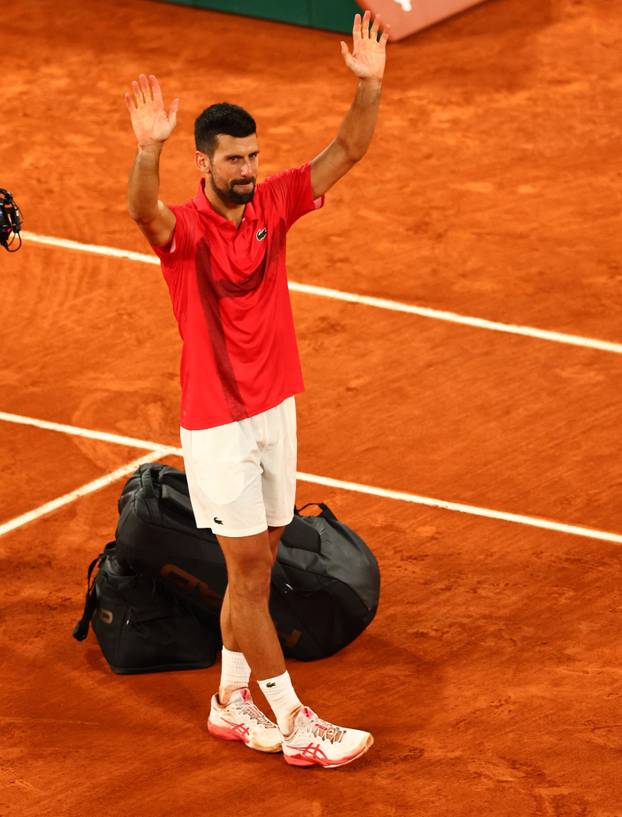as an architect built in France a church for Russian emigrants
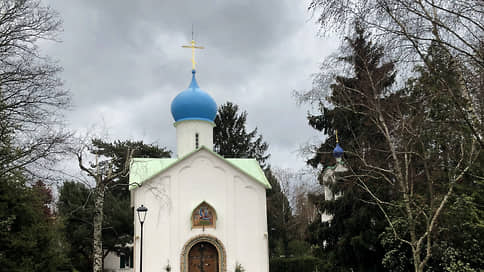
In Paris, the Russian Spiritual and Cultural Orthodox Center opened the exhibition “Architect Albert Benois”-a non-parallest, family story about the life of a French architect and a Russian icon painter, who in the immigration invented Russia in France.
Albert Aleksandrovich Benois (1888–1960) is the author of the Church of the Assumption of the Virgin in the Russian cemetery in St. Genevieve-de-Bois near Paris. Having built the main (from the point of view of modern Russia) the Orthodox Church of Russian Emigration, located in the middle of the necropolis at the end of the “white Russians”, where he himself rested, the architect acquired a special role in Russian art, in Russian history, and in the private history of his amazing family.
He was born in St. Petersburg, and died in Paris.
None of Benois’s huge family, created by immigrants from France and Germany and by the time of the 1917 revolution long ago, had escaped a new choice between the West and the East. The Soviet government forced them to either stay in the new Russia, die there either survive, or return to their homeland of their ancestors.
In tsarist times, Benoit graduated from the Institute of Civil Engineers in St. Petersburg-less welcome to the artist, but more free than the Academy. He studied next to many future constructivists, including the glorious Vesnin brothers. It is hardly worth comparing their further life path and career. The difference between the Palace of Soviets or Dneprogs and the tiny churches of Albert Benois, who sometimes did not exceed the size of the peasant hut, is obvious. But this is a question not only of talent, but also the scale allotted by fate, the issue of choosing where to live and to whom to serve.
In 1920, Benois and his wife Margarita left their Petrograd house and moved to France forever. To get permission to practice, he had to study again, again perform student, rather boring, judging by the preserved projects, tasks. French documents gave him the opportunity to take on orders – two residential buildings in Paris, several private villas, interiors. It is difficult to say how rooted in local professional life, although he participated with his works in the 1925 Paris exhibition that proclaimed the Ar-Deco, at which modern Soviet architecture was represented by the famous Pavilion Konstantin Melnikov.
His current exhibition, opened in Paris, occupies only two halls of the Russian spiritual and cultural center. No exposure surprises: flat hanging on the walls and small windows under glass – watercolors, design sheets, booklets of exhibitions, family photographs. The only large-scale exhibit is the iconostasis from the Russian Church in Italian Bari, made in the 1950s Albert Benois and his wife. He became too modest for the Russian Orthodox Church, he was replaced in 2017 with a more magnificent work of Moscow official icon painters.
Since the 1930s, Benois has increasingly worked for the church-as an architect and artist.
An important project was the Church of the Resurrection of Christ (1934–1937) in the military cemetery in St. Iler-le-grane near Reims, where soldiers and officers of the Russian expeditionary corps are buried. Thanks to the high portal with the bell tower, the tiny church building received the monumental monument. The second work, which did not leave it until the end of his life (he performed murals, added the house of the priest and the bell tower, designed tombstones in the cemetery), became the church in Saint-Genevieve-de-Bois (1935–1938).
Both churches are fantastically economical – both in terms of funds in which the Russian community was very limited and artistic means. Both are the works of a very educated master who connected the Russian modern with the motives of Northern Old Russian architecture. They continued Albert Benoit and developed the line of the new Russian architecture of the beginning of the century, which disappeared in Soviet Russia.
Here is an interesting evolution: all Benois known to us have always been Westerners. Even admiring ancient Russian history, they tried to direct Russian art along the right European path.
It is easy to be a Wester, living in the western of the classic Russian cities-St. Petersburg, but in France the Frenchman in the family and Catholic in religion begins to feel like Russian and Orthodox.
When the Westerners were in the West, their gaze turned east. Their hands were created by another Russian art – in a polemic with the Soviet one, which acquired an increasing influence.
It is worth looking at the watercolors put up in Paris, brought from trips to Italy: very spectacular and at the same time insulting standard in the plot, like from a postal card. In these travel notes, the artist does what they did before him and will do many times.
But, enjoying the views of Venice or Amalfi, Benois, correctly, thought about what role Russia could play in this beautiful eternal Europe – not that hostile, which remained on the other side of the border, but the one that was with him in France.
Perhaps the proximity to the Church saved him from the temptation to return in the 1940s and become the hero of the film « East-West » of the Direct Wardier. Between Kuprin, who left for Russia and Bunin, who did not succumb to invitations, he chose Bunin, one of those immigrants to whom he made a tombstone at St. Genevieve-de-Bois. And not to him alone – working for his compatriots, he watched on day a day how those “cemetery beds” are added, about which Georgy Ivanov wrote: “There was a whole world – and there is no it.”
Not doing anything, Albert Benois built a modest parallel to Russia, in which there was modern Russian church architecture and peace on the contrary – with monuments to exiles, fugitives, “enemies of the people”, officers and generals of foreign Russian armies. True, this world was located mainly in the cemetery, but not the architect Benois to blame for this.

